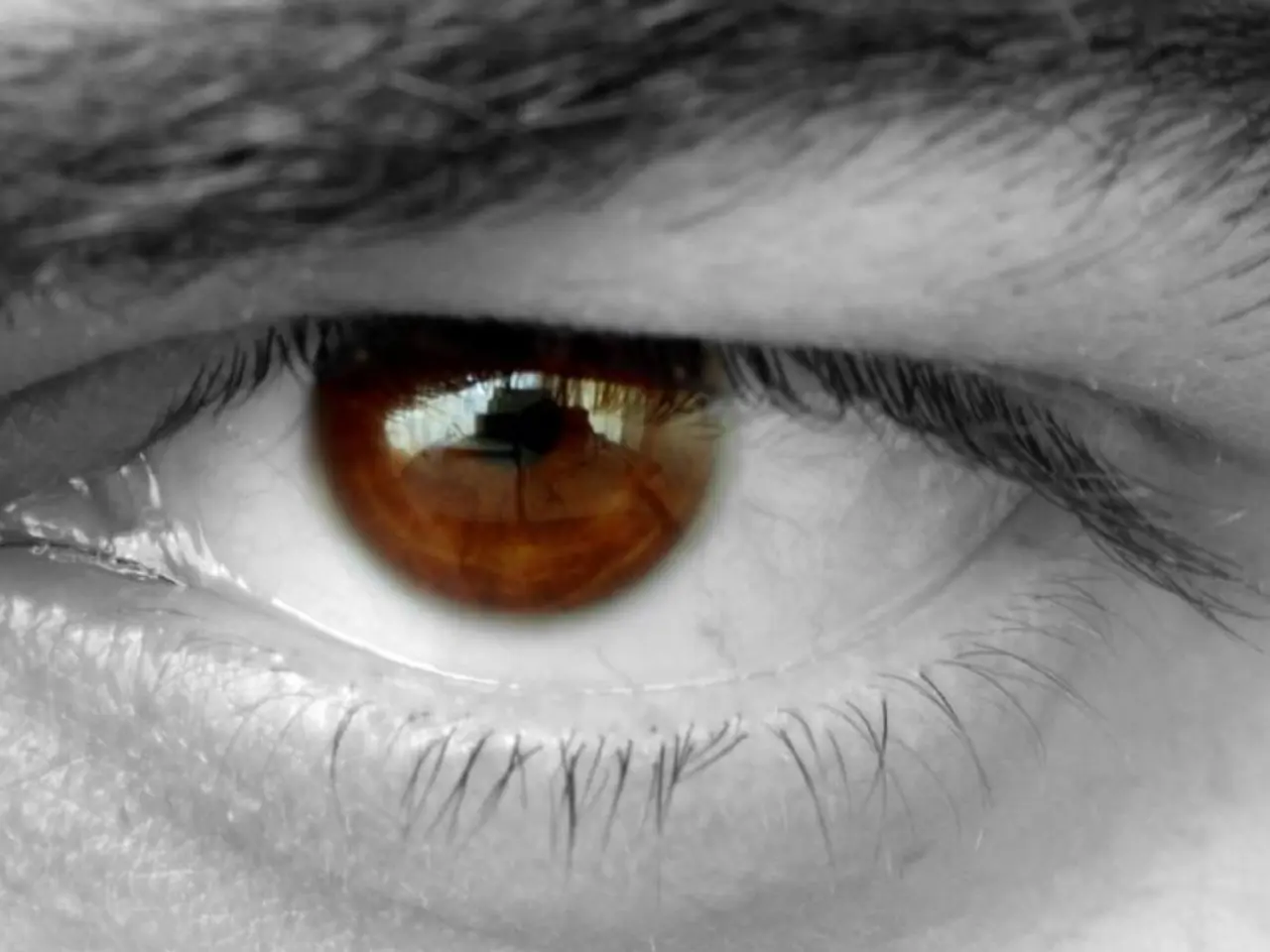Detailed breakdown of eye tracker costs: Over 15 choices across various price ranges for user evaluations
In the ever-evolving world of technology, eye-tracking systems have become increasingly significant. This article provides an insightful overview of various eye-tracking systems available in 2025, focusing on their price ranges, typical use cases, and key features.
Our platform's webcam eye-tracking accuracy has been validated in a recent study, offering a scalable, quantitative alternative to conventional eye-trackers, eliminating the need for specialized hardware.
The internal accuracy test compared our platform's webcam eye-tracking to screen-based systems, demonstrating its competitive edge.
Eye-tracking systems vary widely in price depending on brand, accuracy, and features. Some of the most notable brands include Smart Eye, Varjo, and Pupil Labs, each catering to different market segments and offering unique features.
Smart Eye, positioned more in the high-end market, offers systems priced in the tens of thousands of USD range (commonly around $20,000–$50,000 or more). These systems are known for their advanced accuracy, multi-camera setups for automotive and research use, and strong data analysis capabilities. They are used in professional automotive, aviation, and research environments where high precision and robustness are critical.
Varjo offers eye-tracking integrated into their high-end mixed reality (MR) and virtual reality (VR) headsets. These devices are priced at several thousand to $10,000+ USD depending on the model and configuration. Their eye trackers are highly accurate to enable foveated rendering and realistic simulations, targeting professional use cases like training and design.
Pupil Labs offers more affordable solutions, generally ranging from $1,500 to around $5,000. Their systems are suitable for academic research and prototyping with good accuracy but less industrial robustness compared to Smart Eye or Varjo.
The price differences are closely related to accuracy, tracking robustness, integration complexity, and application scope. High-end systems like Smart Eye and Varjo offer sub-degree accuracy, multi-eye tracking, and integration with complex software suites, justifying their higher prices. Varjo’s offerings include integrated eye tracking combined with immersive VR/MR displays, adding substantial value. Smart Eye focuses on automotive and industrial safety-grade hardware. Pupil Labs prioritizes flexibility, modularity, and accessibility.
Other lower-cost consumer-grade eye trackers, like some from Gazepoint, may be found around $100 to $500, but these have lower accuracy and fewer features, suitable mainly for general user attention tracking and basic research.
In summary, expect eye-tracking systems in 2025 to range approximately:
| Brand/System | Price Range (USD) | Typical Use Case | Accuracy & Features Summary | |-------------------|----------------------|-------------------------------------|-----------------------------------------------------| | Smart Eye | $20,000 – $50,000+ | Automotive, aviation, research | Ultra-high accuracy, multi-camera, industrial grade | | Varjo | $3,000 – $15,000+ | Professional VR/MR, training | High accuracy with integrated VR display | | Pupil Labs | $1,500 – $5,000 | Research, prototyping | Good accuracy, modular, open source | | Gazepoint (consumer-grade) | $100 – $500 | Basic research, consumer apps | Moderate accuracy, fewer features |
This price-to-feature scaling reflects how fundamental factors like precision, robustness, and software integration impact eye-tracking systems' costs and applications in 2025.
Gadgets such as virtual reality headsets from Varjo include eye-tracking technology, making them appealing for training and design in professional settings. On the other hand, Pupil Labs offers more budget-friendly eye-tracking solutions suitable for academic research and prototyping.
Eye-tracking systems like the ones from Smart Eye, with their high accuracy and industrial-grade features, are often found in the tens of thousands of dollars range, making them popular in automotive, aviation, and research sectors.




